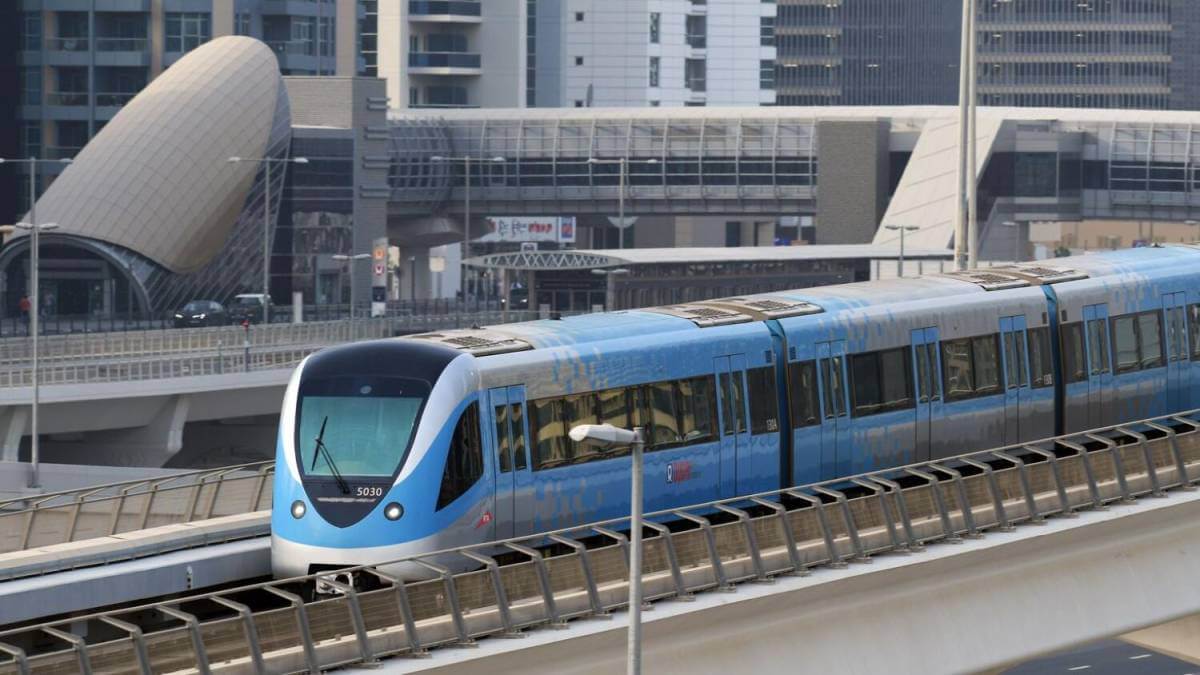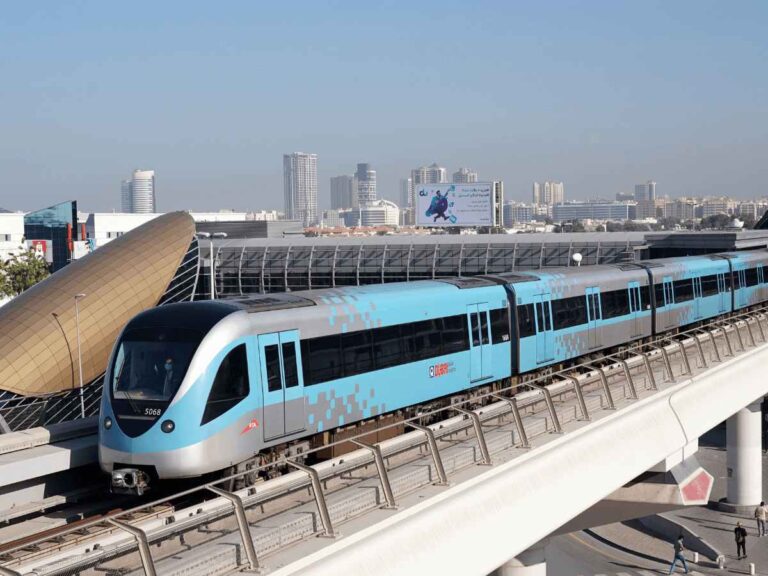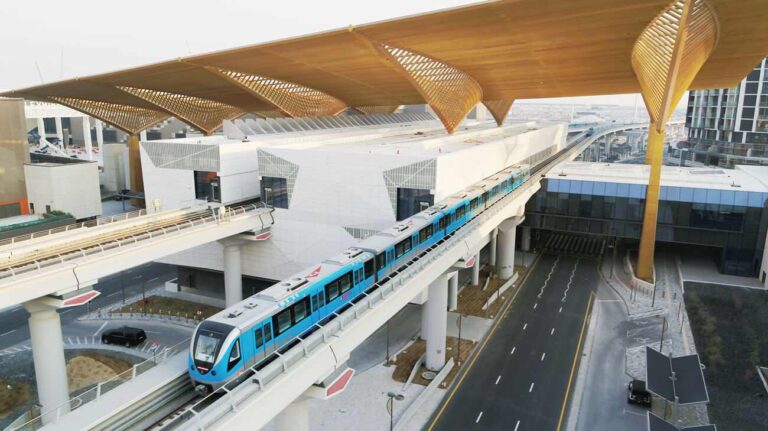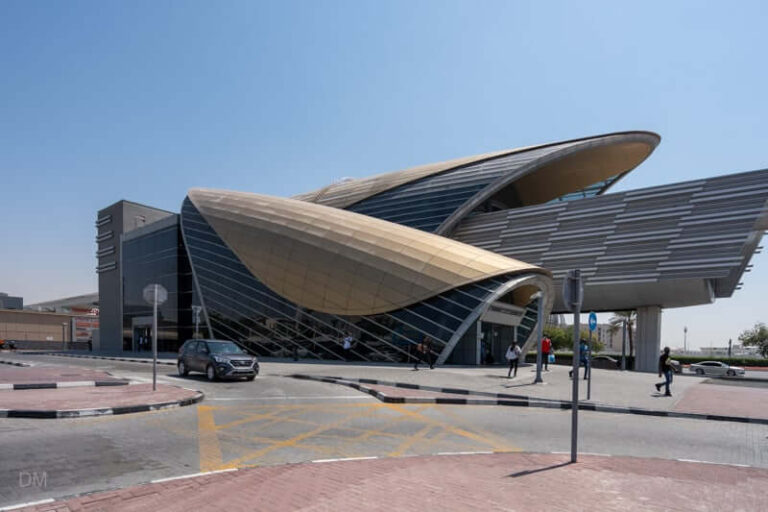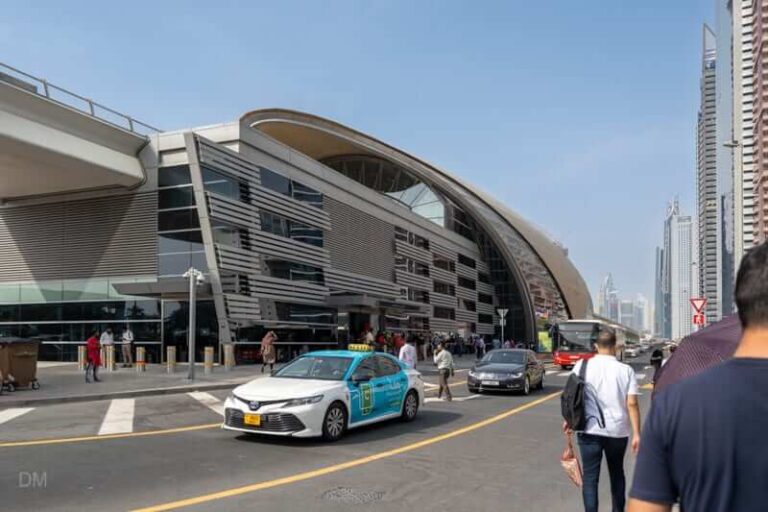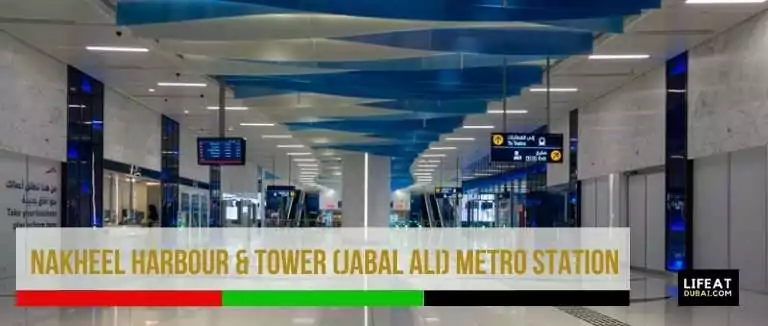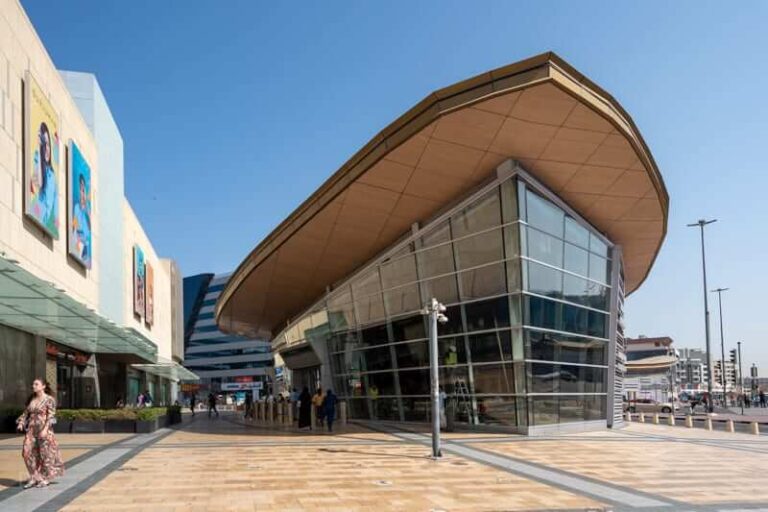Dubai Metro Red Line, UAE: Your Ultimate Guide to Dubai’s High-Speed Lifeline
When it comes to navigating Dubai’s dynamic cityscape, few systems offer the speed, efficiency, and scale of the Dubai Metro Red Line. Stretching over 52 kilometers and recognized by Guinness World Records as the world’s longest driverless metro line, this iconic route is more than just a way to get around—it’s a window into Dubai’s modern soul.
Whether you’re a visitor heading to the Dubai Mall, a commuter traveling from Deira to Jebel Ali, or a resident navigating the daily rush, the Red Line serves as a vital link between the emirate’s past, present, and future.
A Glimpse into the Red Line: From Centrepoint to Expo 2020
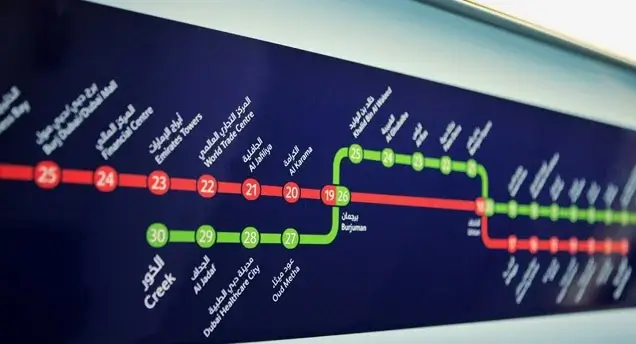
First launched on 9 September 2009, the Red Line initially opened with 10 stations and quickly expanded due to its overwhelming success. Today, it connects Centrepoint (formerly Rashidiya) in the east to Expo 2020 in the west, running largely parallel to the iconic Sheikh Zayed Road (E11)—a corridor of commerce and skyscrapers.
This route cuts across major landmarks including:
- DXB Terminal 1 & 3
- Burj Khalifa/Dubai Mall Station
- Mall of the Emirates
- Business Bay
- JLT and Dubai Marina
In just 1 hour and 14 minutes, you can traverse Dubai’s busiest hubs with trains departing every 2 minutes and 38 seconds during peak hours. It’s a lifeline for over 250,000 riders daily—a number expected to rise significantly by 2030.
Route 2020: The Game-Changing Extension to the Expo Site
In preparation for Expo 2020 Dubai, an ambitious extension called Route 2020 was unveiled. Officially opened on 8 July 2020 by His Highness Sheikh Mohammed bin Rashid Al Maktoum, the new branch extends from Jabal Ali to the Expo 2020 site, near Al Maktoum International Airport.
Key Route 2020 Features:
- 15 km extension (11.8 km elevated, 3.2 km underground)
- 7 new stations, including Al Furjan, Discovery Gardens, and Expo 2020
- Wider platforms to accommodate larger crowds
- Projected daily usage: 275,000 passengers by 2030
As of 15 April 2024, the Red Line now runs in two seamless routes without requiring transfers at Jabal Ali:
- Centrepoint → Expo 2020
- Centrepoint → Life Pharmacy
This “Y-junction” configuration enables greater flexibility and less congestion across the network.
Red Line Metro Station Highlights & Interchanges
The Red Line’s 35 stations (including branch stations) are thoughtfully positioned to integrate with key neighborhoods and transport modes. Here are the pivotal interchanges:
🚇 Metro-to-Metro Interchanges:
- BurJuman Station (R19/G26) – Connects with the Green Line; ideal for accessing Khalid Bin Al Waleed street and Karama.
- Union Station (R18/G20) – A major downtown hub, linking Deira, Al Rigga, and Al Maktoum Road.
🚊 Metro-to-Tram Interchanges:
- DMCC Station (R37) – Connects to the Dubai Tram via Jumeirah Lake Towers.
- Sobha Realty Station (R36) – Offers transfer to the Dubai Marina Tram loop.
🧭 Branch Interchange:
- Jabal Ali Station (R38) – Where the main Red Line meets the Life Pharmacy branch, creating a forked routing system.
Station Naming Rights: Business Meets Transit
Dubai’s unique approach to commercial station branding has created a revenue model admired worldwide. The RTA’s station naming initiative has generated over AED 2 billion, with top companies securing naming rights for prime metro locations.
Examples include:
- Noor Islamic Bank (Al Quoz Station)
- Mashreq Station
- Sharaf DG
- Damac Properties (Dubai Marina)
- GGICO, Nakheel, Danube, and many more.
This not only enhances brand visibility but also helps fund infrastructure upgrades across the city’s metro ecosystem.
Red Line in Motion: Speed, Frequency & Efficiency
The Dubai Metro Red Line runs like clockwork. With speeds up to 110 km/h, average wait times of 5–6 minutes during peak hours, and 27–29 trains operating at rush hour, it sets global standards for punctuality and performance.
- Feeder buses: Over 170 RTA feeder buses serve metro stations daily, expanding the Red Line’s accessibility to nearby communities.
- Stop time per station: 20–30 seconds
- Average interval between stations: 60–90 seconds
Exploring Dubai Just Got Easier
Whether you’re planning a visit to Burj Khalifa, hopping off at Mall of the Emirates, or exploring Al Furjan, the Red Line is your gateway to Dubai’s beating heart. Its coverage, integration with other transport modes, and continuous innovation make it a world-class urban mobility model.
For travelers, Nol cards are the most convenient way to pay, with options ranging from single-trip red tickets to daily passes and silver, gold, or blue Nol cards.
🟢 Pro Tip: Tourists visiting for a short period may prefer the Gold Nol Card for access to exclusive metro cabins.
FAQs: Dubai Metro Red Line
Q: What are the stations on the Dubai Metro Red Line?
A: There are 31 mainline stations and 4 branch stations including Centrepoint, BurJuman, Mall of the Emirates, DMCC, Jabal Ali, and Expo 2020.
Q: How much does a Red Line ticket cost?
A: Fares start from AED 3, depending on zones traveled. Red tickets (paper-based) are ideal for occasional users.
Q: What is the difference between Nol cards and red tickets?
A: Nol cards are reusable and best for frequent travel. Red tickets are one-time use and suitable for tourists or short-term visitors.
Q: Which station is closest to Mall of the Emirates?
A: The Mall of the Emirates Station (R32) is directly connected to the shopping complex.
Q: What’s the best Nol card for tourists?
A: The Silver Nol Card offers the best value, while the Gold Card allows access to more luxurious, less crowded compartments.
Q: Is the Dubai Metro cheaper than taxis?
A: Yes, significantly. Metro fares are zone-based and much cheaper than private taxi rides, especially for long distances.
- 410 Bus Timetable, Route & Complete Guide for Abu Dhabi (UAE) - November 25, 2025
- Dubai Vehicle Licensing Services Integration, UAE: How RTA’s Digital Transformation Is Redefining Mobility - November 25, 2025
- Driver Affairs: Empowering the Backbone of UAE’s Road Network - November 25, 2025

